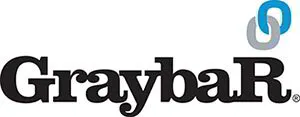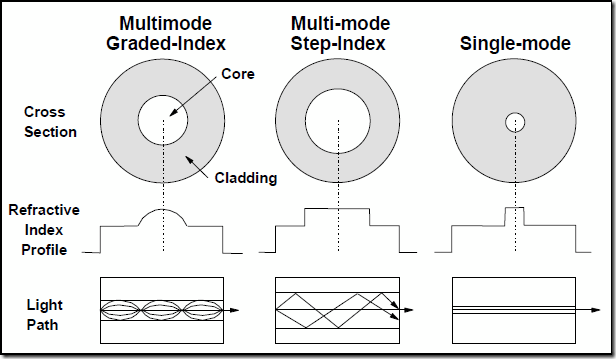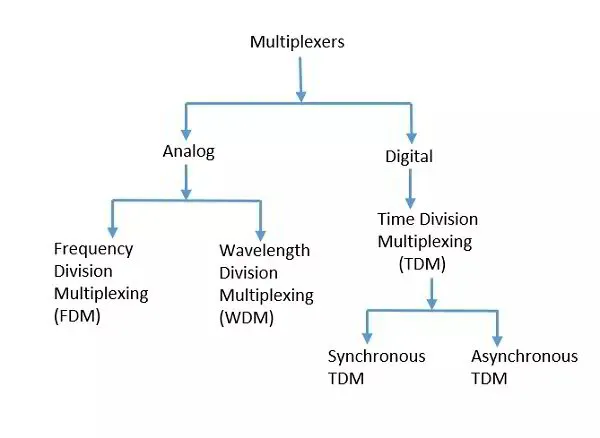Fiber Optics
A fiber optic cable is a telecommunications cable that contains strands of glass fibers inside an insulated casing. They are designed for long-distance, high-performance data networking, and telecommunications. Compared to wired cables, fiber optic cables provide higher bandwidth and transmit data over longer distances. Fiber optic cables support much of the world's internet, cable television, and telephone systems.
Key Advantages of Fiber Optic vs. Copper Cabling
• Less attenuation: (signal loss) Information travels roughly 10 times further before it needs amplifying—which makes fiber networks simpler and cheaper to operate and maintain.
• No interference: Unlike with copper cables, there's no "crosstalk" (electromagnetic interference) between optical fibers, so they transmit information more reliably with better signal quality
• Higher bandwidth: As we've already seen, fiber-optic cables can carry far more data than copper cables of the same diameter.
Fiber carries light signals down the fiber in what are called modes. There are 2 types of modes: Single mode and Multi-mode.
The simplest type of optical fiber is called single mode. It has a very thin core about 5-10 microns (millionths of a meter) in diameter. In a single-mode fiber, all signals travel straight down the middle without bouncing off the edges (yellow line in diagram). Cable TV, Internet, and telephone signals are generally carried by single-mode fibers, wrapped together into a huge bundle. Cables like this can send information over 100 km (60 miles).
Another type of fiber-optic cable is called multi-mode. Each optical fiber in a multi-mode cable is about 10 times bigger than one in a single-mode cable. This means light beams can travel through the core by following a variety of different paths (yellow, orange, blue, and cyan lines)—in other words, in multiple different modes. Multi-mode cables can send information only over relatively short distances and are used (among other things) to connect networks together.
• Single mode fiber has a smaller core than multimode and is suitable for long haul installations. Single mode systems are generally more expensive.
• Multimode fiber has a larger core and is recommended for fiber runs less than 400 m (1300 feet). The grade of multimode fiber affects its distance and bandwidth capabilities. Multimode systems are generally less expensive.
• Single mode only works with single mode, and multimode only works with multimode. This is true for cable, connectors, and electronics.
Multiplexing is the method that fiber optics uses to encode information and transmit and receive it across a network. Multiplexing (or muxing) sends multiple signals or streams of information over a communications link at the same time in the form of a single, complex signal; the receiver recovers the separate signals, a process called demultiplexing (or demuxing). There are numerous types of multiplexing. The Chart below details them:
Analog Multiplexing
The signals used in analog multiplexing techniques are analog in nature. The analog signals are multiplexed according to their frequency (FDM) or wavelength (WDM).
Frequency Division Multiplexing
In analog multiplexing, the most used technique is Frequency Division Multiplexing (FDM). This technique uses various frequencies to combine streams of data, for sending them on a communication medium, as a single signal.
Example − A traditional television transmitter, which sends a number of channels through a single cable uses FDM.
Wavelength Division Multiplexing
Wavelength Division multiplexing (WDM) is an analog technique, in which many data streams of different wavelengths are transmitted in the light spectrum. If the wavelength increases, the frequency of the signal decreases. A prism, which can turn different wavelengths into a single line, can be used at the output of MUX and input of DEMUX.
Example − Optical fiber communications use WDM technique, to merge different wavelengths into a single light for communication.
Digital Multiplexing
The term digital represents the discrete bits of information. Hence, the available data is in the form of frames or packets, which are discrete.
Time Division Multiplexing
In Time Division Multiplexing (TDM), the time frame is divided into slots. This technique is used to transmit a signal over a single communication channel, by allotting one slot for each message.
Time Division Multiplexing (TDM) can be classified into Synchronous TDM and Asynchronous TDM.
Synchronous TDM
In Synchronous TDM, the input is connected to a frame. If there are ‘n’ number of connections, then the frame is divided into ‘n’ time slots. One slot is allocated for each input line.
In this technique, the sampling rate is common for all signals and hence the same clock input is given. The MUX allocates the same slot to each device at all times.
Asynchronous TDM
In Asynchronous TDM, the sampling rate is different for each of the signals and a common clock is not required. If the allotted device for a time slot transmits nothing and sits idle, then that slot can be allotted to another device, unlike synchronous
This type of TDM is used in Asynchronous transfer mode networks.
Dark Fiber
Many networks utilize dark fiber which is the unused capacity on another network that has not been “lit” up. “Lit” refers to when fiber optics are used to transmit information through a multiplexer. This is the standard form of fiber utilization but in high capacity uses companies will lease the fibers alone (dark) and then light them and manage them through their own equipment and personnel.
Fiber to the Home (FTTH) is also often abbreviated with these acronyms:
• FTTX (Fiber to the X) X=end point of the fiber.
• FTTP (Fiber to the Premises): Fiber that is physically connected all the way to the building.
• FTTB (Fiber to the Building/Business/Block): The same as FTTP.
• FTTC/N (Fiber to the Curb of Node): Fiber that is laid to the node but then copper wires complete the connection inside the building.
Aerial and Buried Fiber
Network companies such as cable providers and competitive local exchange carriers (CLEC’s) are granted special privileges to deploy fiber optics utilizing the aerial infrastructure of cities and utilities. Aerial deployments can be significantly less expensive than buried fiber.
Buried Fiber Dig Once
An efficiency that municipalities can employ with underground utility initiatives is to make way for fiber optic cable to be included in the construction. Instead of simply burying the existing pole mounted wires for power, telephone and cable, a Dig Once policy encourages the installation of additional conduit for fiber optic cable and the subsequent delivery of its more future proof high-speed Internet technology.
Proponents of Dig Once initiatives claim that the cost of underground fiber deployment in conjunction with road construction projects is about one quarter of the $27,000 and $30,000 per mile cost of pole mounted fiber infrastructure. It’s important to note that the savings is only realized with a coordinated dig once project, excavating solely for the purpose of buried fiber is 5x to 10x more expensive than pole mounting.
Leading Manufacturers Graybar distribution: www.graybar.com
Corning www.corning.com








